A Patient’s Guide to TBI Physical Therapy
Recovering from a traumatic brain injury (TBI) often means dealing with physical symptoms, such as headaches, balance issues, weak muscles, and vision problems. These symptoms can affect every aspect...
Published peer-reviewed research shows that Cognitive FX treatment leads to meaningful symptom reduction in post-concussion symptoms for 77% of study participants. Cognitive FX is the only PCS clinic with third-party validated treatment outcomes.
READ FULL STUDY
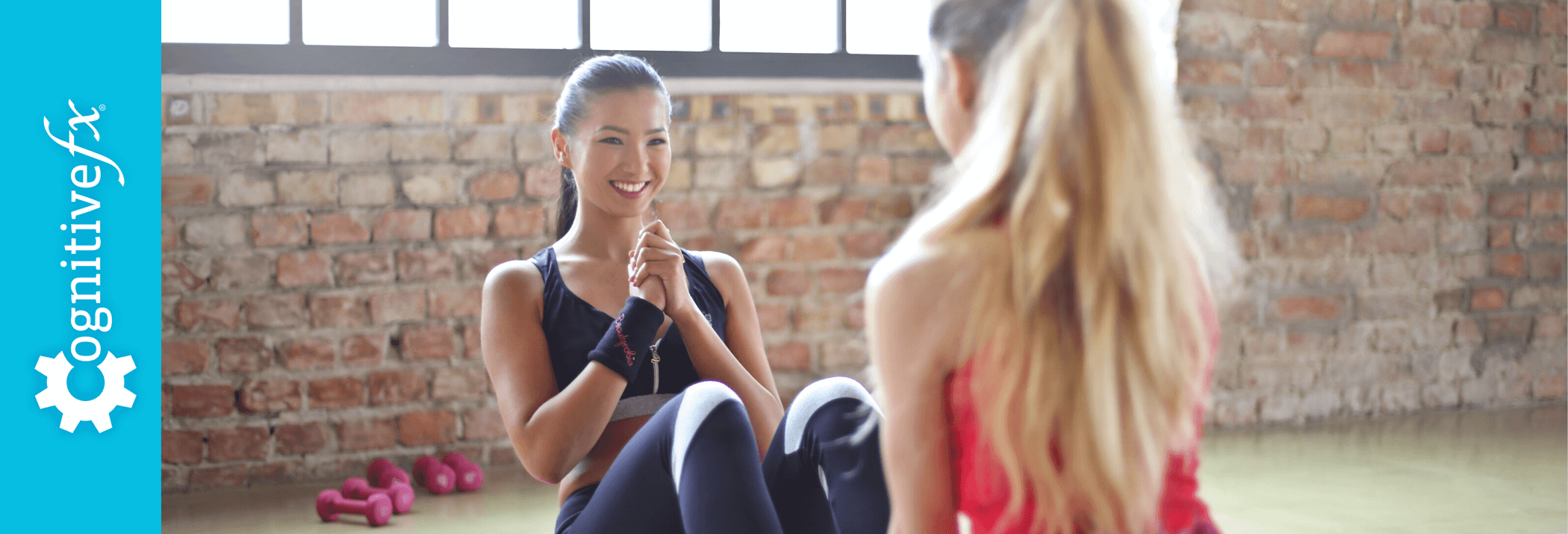
There is no exact time frame for recovering from a mild traumatic brain injury (mTBI), otherwise known as a concussion. The majority of people who sustain an acute concussion recover within a few weeks. For a small percentage, however, concussion symptoms persist for weeks, months, or even years after their brain injury. This condition, known as post-concussion syndrome (PCS), leaves frustrated patients searching for answers and concussion treatment options that might help.
Sometimes, patients are told by health care providers to do nothing that aggravates their symptoms and to wait it out indefinitely. Others are told there’s nothing wrong with them, or that there’s nothing that can be done to help them. Some patients go from specialist to specialist trying to find relief.
At Cognitive FX, we have designed a specialized treatment plan, known as EPIC Treatment, to target the root cause of post-concussion syndrome, neurovascular coupling. 95% of our patients experience statistically verified restoration of brain function after treatment.
We use many multidisciplinary therapies during treatment, such as occupational therapy, cognitive therapy, and sensorimotor therapy. We also employ physical therapy, including neuromuscular therapy, in conjunction with those other therapies.
In this article, we’ll describe some of the physical therapy techniques we use and explain how they can help:
If you’ve been suffering from long-lasting symptoms after experiencing a concussion or other brain trauma, we can help. To learn whether you’re a good candidate for treatment, schedule a consultation.
Note: Any data relating to brain function mentioned in this post is from our first generation fNCI scans. Gen 1 scans compared activation in various regions of the brain with a control database of healthy brains. Our clinic is now rolling out second-generation fNCI which looks both at the activation of individual brain regions and at the connections between brain regions. Results are interpreted and reported differently for Gen 2 than for Gen 1; reports will not look the same if you come into the clinic for treatment.
The World Confederation of Physical Therapy defines physical therapy as “services provided by physical therapists to individuals and populations to develop, maintain, and restore maximum movement and functional ability throughout the lifespan.”
People typically think of seeing a physical therapist for rehab after an acute injury, such as an ACL tear or a bone fracture. Those suffering from chronic pain from arthritis or overuse injuries also frequently get referred to physical therapists. But what about PCS? Can physical therapy help with that?
Physical therapy has indeed been used to treat post-concussion symptoms; however, there’s no one-size-fits-all standard protocol. No concussion is exactly alike, and patients suffer from a variety of symptoms. Physical therapists also use a variety of strategies to treat those symptoms.
In recent years, there’s been more awareness and acceptance of the benefits of physical therapy in treating concussions, especially when physical therapists are part of a multidisciplinary treatment team. In 2017, the American Physical Therapy Association wrote about growing research evidence of the benefits of using physical therapy in concussion management (Beyond Rest: Physical Therapists and Concussion Management).
However, physical therapists typically focus on treating specific symptoms the patient presents with because they often don’t know the root cause of those symptoms.
At Cognitive FX, we use a neuroimaging protocol (fNCI) to identify which regions of your brain are still experiencing dysfunction. We can then tailor your treatment to your injury, resulting in higher treatment success rates than in the past.
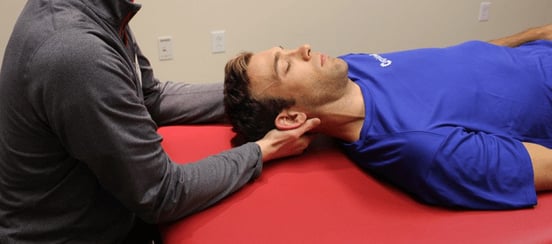
Neuromuscular therapy is a specialized type of manual therapy in which the therapist primarily massages, stretches, and manipulates soft tissue. Tight muscles in one area can put pressure on nerves, which can cause pain. When muscles relax, blood flow increases, which reduces inflammation and stimulates the growth of healthy cells.
We believe that when muscles are relaxed after neuromuscular therapy, they’re better at “remembering” what they’re supposed to do (support the body); therefore, the therapy following massage is more successful.
We use an anti-inflammatory, therapeutic ointment during our neuromuscular therapy that contains menthol and other natural, non-steroidal ingredients to help relax the muscles and calm the patient. And while there are a few patients who, for various reasons, don’t enjoy massage, most of our clients look forward to this relaxing break in between rigorous treatment sessions.
We use neuromuscular therapy to help patients find relief from headaches and neck pain, among other things.
Vision is often affected in people who have sustained head trauma. Common complaints are blurry vision, double vision, light sensitivity, and problems with peripheral vision and depth perception (more than just “being klutzy” or misjudging where things are). Headaches and neck pain are often a by-product of these issues.
One reason for this is that there are very small muscles just underneath the occipital bone at the lower back of the skull. We use these muscles when we make eye movements, such as when our eyes try to focus on very small objects. If vision is negatively affected, people often compensate physically to try to correct the problem.
For example, if someone has double vision when their eyes move in a certain way, they might unconsciously tilt their head a bit to adjust their vision. This causes people to habitually put their head and neck in an uncomfortable position and leads to muscle tension, which produces headaches and neck pain.
Massaging these small muscles helps them relax, which reduces tension. It also helps increase blood flow to the brain, which provides much-needed oxygen to areas of the brain that are calling for it. All of this leads to a reduction in headaches and muscle pain and tension.
Sometimes, neck and shoulder pain are the result of the body’s reaction to head trauma.
Neck muscles provide support for our heads, but at the moment of a head injury, those muscles contract and tighten to try to provide protection. This can lead to chronic tension as the muscles try to continue in this protective mode, even after it’s no longer necessary. It limits mobility, creates strain on the neck muscles, and puts pressure on the cervical spine and head.
Neuromuscular massage helps those muscles relax and return to their primary function of providing support. This also allows us to proceed to the next activity in therapy, such as cardio or balance exercises, without the muscles putting additional stress on the body. The goal is for these muscles to adjust to normal function during therapy instead of working against you.
For many years, the accepted medical advice after a concussion was to “cocoon” until concussion symptoms disappeared. Patients were told to spend their days in dark, quiet rooms. Prohibited activities included using electronic devices, reading, socializing, and exercising.
While getting enough rest and sleep after a concussion is still crucial, we now know that cocooning is not the most effective way to recover from a concussion.
Studies show that after a couple of days, some aerobic exercise (small amounts done in a safe environment) actually helps shorten recovery time. Mild aerobic activity increases blood flow to the brain, which increases the amount of oxygen available to brain cells, and stimulates the growth of proteins that promote healing.
Getting that increased blood flow to the brain is also vital for successful treatment of post-concussion syndrome. Your brain needs that increase in blood flow — and the natural production of healthy brain chemicals we call the post-exercise cognitive boost (PECB) — to repair itself and to perform more difficult cognitive exercises.
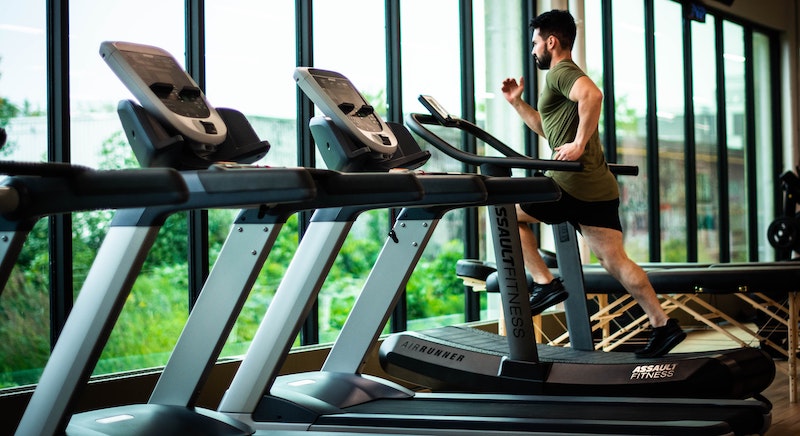
The problem for patients with post-concussion syndrome is that exercise intolerance is often one of the persistent symptoms they suffer from. This means that during or after exercise, they develop debilitating symptoms such as headaches, nausea, dizziness, brain fog, and extreme fatigue.
Patients with PCS often push themselves until they do something that overloads their system. That sets them back, and they’re out for the rest of the day, or sometimes longer, waiting for their symptoms to subside.
At Cognitive FX, we treat patients every day who suffer from exercise intolerance, and our therapists have a lot of experience helping them get through these episodes until they can tolerate exercise. We teach the patient (and their brain) how to break that cycle.
Here are some of our tips to help you overcome exercise intolerance and to work towards improved health:
If you’re suffering from long-lasting symptoms after a concussion or other brain injury, there is hope. 95% of our patients experience statistically verified restoration of brain function. Contact us for a consultation.
In our therapy sessions at Cognitive FX, we’ve found that the one area most of our patients struggle with is balance.
Balance problems can be caused by muscle deficiency or muscle imbalance, and most physical therapists will focus on treating that symptom by having patients do balance exercises to address the imbalance or deficiency. This is beneficial and something we do as well. Very often, these patients are also experiencing vestibular system dysfunction. When we focus on fixing the vestibular system, balance often improves significantly.
The vestibular system is a complex sensory communication system found mostly inside the inner ear. This system senses information about motion and our body’s position in space and communicates that information to the brain. It’s what helps us maintain balance.
A concussion can interfere with the normal function of the vestibular system. After a head injury, the brain’s normal pathways of communication are disrupted by inflammation and diminished blood flow in certain areas. Usually, this is only temporary. But in the case of post-concussion syndrome, the brain has decided that those well-established, efficient pathways are no longer usable, and it sticks to inefficient workarounds that result in persistent symptoms.
Typical vestibular dysfunction symptoms are dizziness, vertigo, nausea, headaches, and balance problems. This is because the brain is receiving erroneous or conflicting messages about the body’s position in space. A good example of this sensation is what happens when someone gets seasick on a boat. Their brain is getting conflicting messages based on what the eyes see but the body feels.
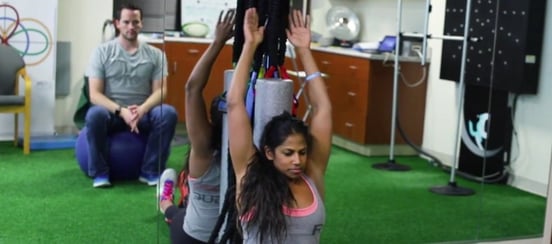
If you have post-concussion syndrome, then certain hypoactive parts of your brain have likely been relying on other brain regions to pick up the slack (and we know which ones those are by looking at the fNCI results). In therapy, we work to engage those brain regions to encourage them to use more efficient pathways.
For example, we might challenge a patient’s balance by having them stand on a Bosu ball. Then, we add another physical component to the exercise by having the patient catch and toss balls (a good oculomotor exercise). To add a cognitive element, we might ask the patient to name something that starts with the letter “g” when catching the ball and list animals in reverse alphabetical order when tossing the ball back to the therapist. In this way, we’re engaging the body and the brain at the same time.
It actually doesn’t matter if the patient completes the exercise correctly. In fact, patients often hit an “invisible wall’” and are unable to think of a proper word, or they lose their balance many times — or both! What matters is that the areas of the brain that have been overcompensating for dysfunctional brain regions are too busy doing the tasks that they’re supposed to do to fill in for the lacking area. The underactive area of the brain isn’t getting the help it’s become used to and is forced to try other pathways.
Once the brain discovers there’s an easier way to do things again, it chooses that efficient path, and concussion symptoms diminish or resolve.
Sometimes patients come to us who have tried physical therapy at other clinics without success. What makes Cognitive FX different?
First, we are able to use the results of each patient’s fMRI scans to identify exactly which parts of the brain are not working correctly. This allows us to focus on treatment that gets to the root cause of the dysfunction versus treating isolated symptoms of a concussion.
We do this through our unique, holistic treatment approach, which incorporates balance, muscle work, and cognitive aspects in a way that no one else does. We spend more time working on soft tissues with neuromuscular therapy. We’re more aggressive with physical activity. We add the cognitive component.
We also keep up with current research. We want to make sure we’re doing what’s going to work best for our patients. We do that without having to work within the confines of what health insurance companies will compensate. Therapists have the freedom, flexibility, and specialized training to use whatever combination of therapies and exercises is best for each patient.

Below are some of the recommendations we send to patients ahead of their scheduled therapy with us to help maximize the benefits of treatment. These are things that anyone who is suffering from post-concussion syndrome can do at home as well:
Finally, don’t give up hope. Many patients with post-concussion syndrome start to accept their symptoms as their new normal. But you don’t have to live with severe symptoms forever.
Contact us for a consultation — we’d be happy to advise you on next steps for your current situation.

Jake is a Licensed Massage Therapist LMT that studied Health Science at Salt Lake Community College. He has extensive experience working with patients in many environments including a Physical Therapy clinic, and a Sports Medicine Clinic. He now works with BYU Athletics and has worked at Cognitive FX for a couple of years and focuses on helping to reduce physical symptoms of a concussion and increase mobility and activity.
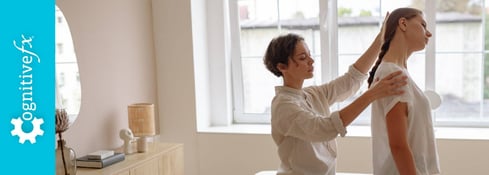
Recovering from a traumatic brain injury (TBI) often means dealing with physical symptoms, such as headaches, balance issues, weak muscles, and vision problems. These symptoms can affect every aspect...
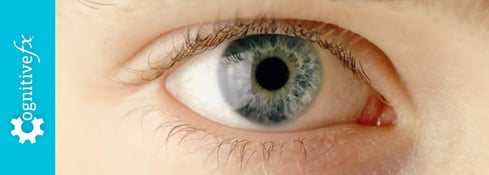
Eye twitching is typically mild and short-lived, but for some patients with post-concussion syndrome (PCS), it can become a persistent and uncomfortable symptom. While often overlooked, eye twitching...

If you’ve had a severe or mild traumatic brain injury (severe TBI or mild TBI) that’s left you with post-concussion syndrome (PCS), just thinking can be taxing. Cognitive health is “the ability to...
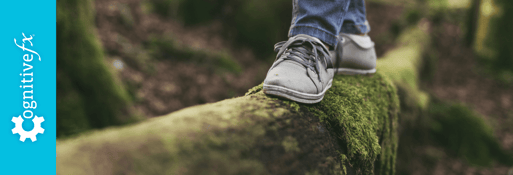
Dizziness. Nausea. Balance problems. Car-sickness. These are a few of the unpleasant symptoms of vestibular dysfunction after a head injury. Fortunately, they don’t have to be permanent; most...
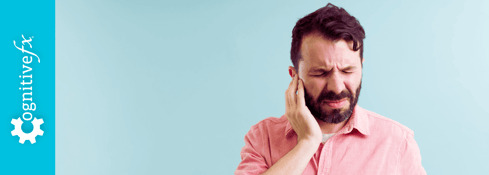
Tinnitus—a buzzing, hissing, or ringing in the ears—is a common and frustrating symptom after a mild traumatic brain injury (mTBI). While it often resolves within days, for some patients it lingers...
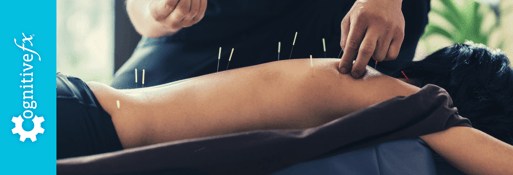
Dry needling and acupuncture can help relieve certain post-concussion symptoms. They are not a cure-all, either for acute concussion or post-concussion syndrome, but if you suffer from headaches,...
Published peer-reviewed research shows that Cognitive FX treatment leads to meaningful symptom reduction in post-concussion symptoms for 77% of study participants. Cognitive FX is the only PCS clinic with third-party validated treatment outcomes.
READ FULL STUDY